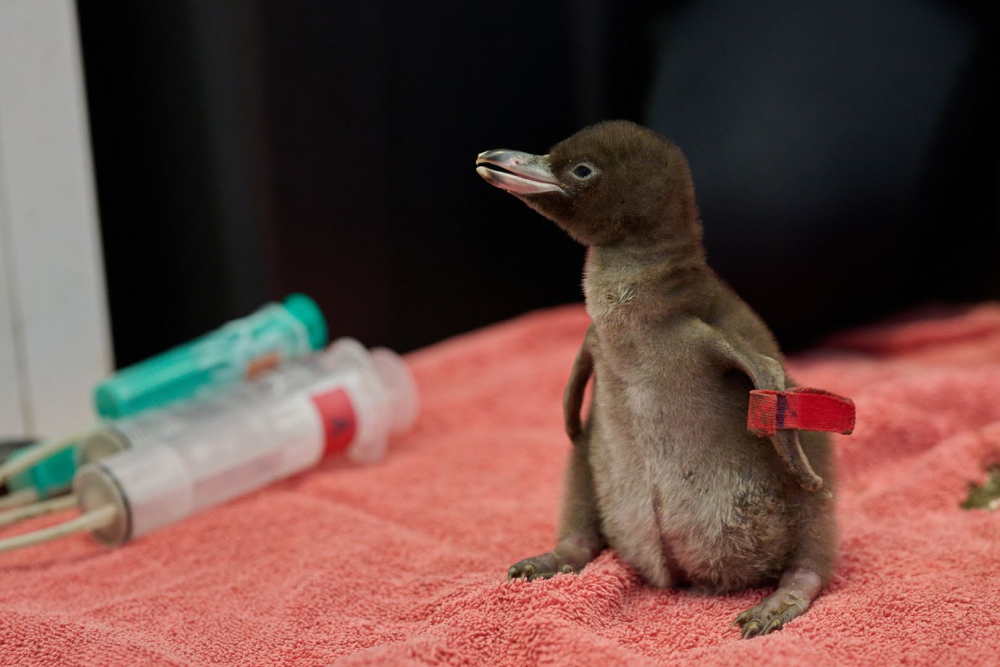New Zealand’s world-famous Bird Of The Year competition has announced its winner for 2024 – and yes, this time it is a bird. The hoiho yellow-eyed penguin has won Te Manu Rongonui o Te Tau Bird of the Year, in what they describe as “a peng-win for the penguin.”
The hoiho yellow-eyed penguin (Megadyptes antipodes) is unlike other penguins in several ways. As its name suggests, it has a peculiar set of yellow peepers. The color is caused by carotenes, the same chemical pigment that gives carrots and tomatoes their coloration, also being found in a few sea creatures.
According to the Yellow-eyed Penguin Trust, research has shown that penguins that boast the deepest yellows rear more chicks, suggesting they may be better hunters than those with paler coloration. The yellow doesn’t set in until later life, however, as their chicks have grey eyes and feathers with no yellow band.
When the time comes to hatch their grey babies, hoihos also take the unconventional route of nesting in forests and shrubland where they can hide their babies under dense vegetation. The only other penguins known to nest this way are Fiordland crested penguins, also native to New Zealand.

A hoiho chick demonstrating that they don’t live up to their “yellow-eyed” reputation until later in life.
Image credit: Craig McKenzie
Perhaps the most significant and unfortunate way in which the hoiho stands out among penguin kind, however, is that it’s considered to be the world’s rarest and most endangered.
A 2017 study that assessed the effects of climate change on the rapidly declining hoiho population showed that at least a third of the population’s decline was due to warming sea surface temperatures. Further models based on the downward trend predicted these penguins could be locally extinct by 2060.
Arguably a deserving winner for the 2024 Te Manu Rongonui o Te Tau Bird of the Year competition, then – and it’s not their first rodeo. In 2019, the hoiho took the crown, but its victory was met with accusations that Russia may have interfered with the result. The contention joins a rich variety of scandals, from suggestions of voter fraud to a bat scooping the title in 2021.
The hoiho’s victory was helped along thanks to a dream team of supporters that included local wildlife and environmental organizations, the Highlanders rugby team, and Emerson’s Brewery, who crafted a special pale ale in honour of the “people’s penguin”.
“This is not just a win for the hoiho, but for the entire Dunedin community and the organisations working so hard to protect them,” said campaign manager Charlie Buchan, marketing manager at Tūhura Otago Museum and Wild Dunedin, in a statement.
“It takes a village, and Dunedin has an amazingly supportive community that truly values its world-famous wildlife and landscapes. That’s why we’re the wildlife capital and host the New Zealand Festival of Nature. We worked really hard on this campaign for our awesome hoiho friends. We’re happy to fight for them and help them win.”
Source Link: Yellow-Eyed Penguin That Nests In The Forest Wins New Zealand's Bird Of The Year